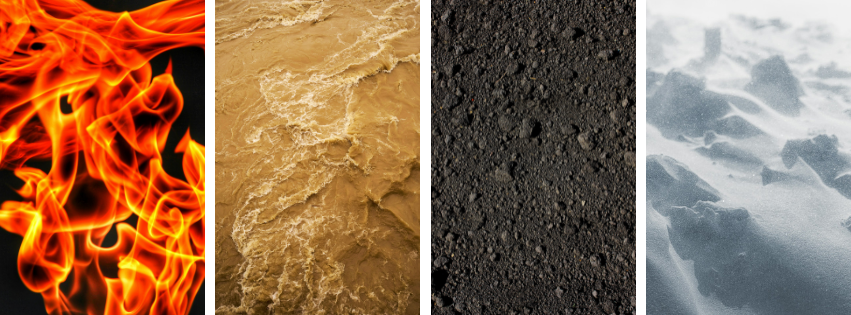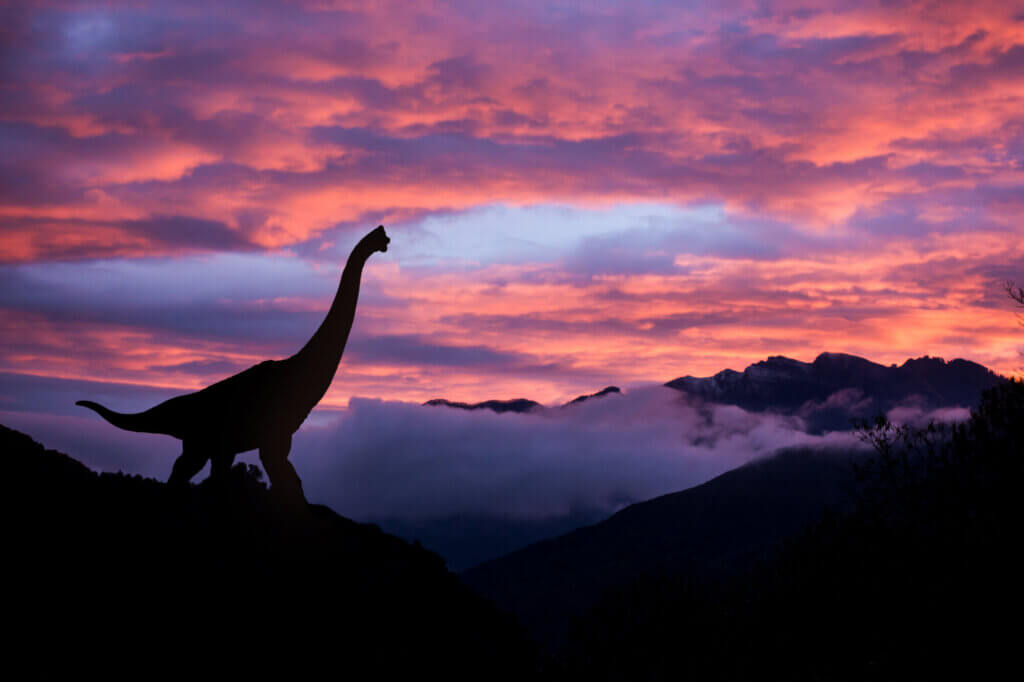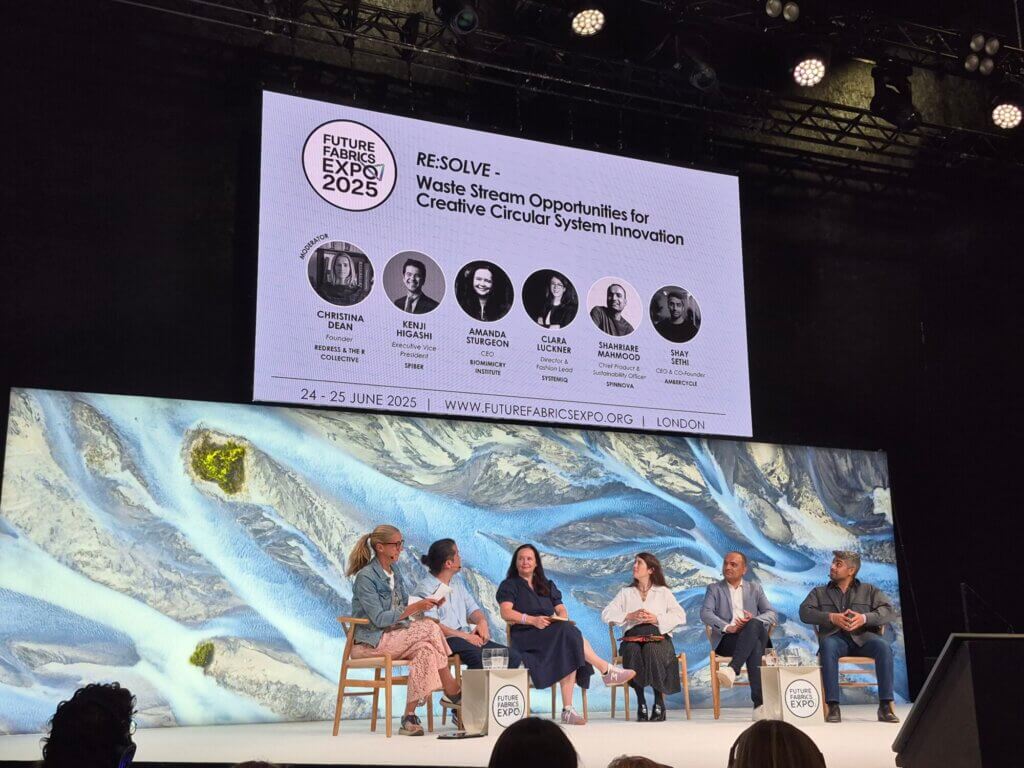
We as humans are part of a complex, fractal whole––the world within us balanced among the same points of reference as the world outside.
That’s the big lesson Dr. Monica Berger Gonzalez, a student of both academic and Indigenous medicine, shared with us about the Maya approach to human health and wellbeing.
In the Maya worldview of an infinite universe, any point (whether a person or the whole planet) can be the middle, and the four points of reference appear all around it. In different aspects of existence, these four reference points take on different expressions: as directions (east, west, south, and north), as elements (fire, earth, water, and wind), and as aspects of life (body, spirit, emotions, and thought).
In addition, there is a vertical dimension which begins with you as an individual, expands to your family and social relationships, then to the ecosystem you’re a part of, and then to the whole cosmos, including the spiritual realm. Similar to the four directions, these four levels of relationships are not distinct, but are nested and integrated with each other.
At all fractal levels, whether you center yourself or the entire planet, like the four legs of a table, they must all be level for us to live in balance.
If your body is sick, you need to treat your emotions as well. If your mind is uneasy, it might be from something affecting your body. And the effects may be on your body, or on your family, or your whole landscape––everything is connected, nothing happens in true isolation.
This worldview provides us with some possible pathways for putting biomimicry to work for our own wellness.
It reminds us that if we only treat the physical body, we’re leaving a lot of the potential tools of life––like social relationships and culture––unused. Instead, we can tap into our emotions, our thoughts and mindset, and the ineffable sense of spirit to bring our whole being into the project of healing. Similarly, if we only treat a patient as an individual, we inhibit our ability to recognize and engage the impacts of the patient’s membership in a community, ecosystem, or the entirety of the universe.
Monica gave a powerful example of how traditional Maya practitioners put all this together:
When I was studying cancer treatments [with an Indigenous Maya teacher], we visited a patient that was really bad. She had a stage four cancer started in her breast, and she was dying.
He had diagnosed that her biggest problem was emotional––fighting and fighting with her sister––and she felt unloved. She felt she shouldn’t be on Earth. And so he said, “Look, I’m going to bring in the medicine. I’ve been working for a week on all the compounds and change of diet. We’re doing a ceremony.”
And so he comes with all this stuff and we visit this woman.
He involved the whole family. He gave a treatment to each member, and finally, as we were about to leave, he says, “Oh, I have the most important medicine.” And he pulls out this red bottle. It’s a liter of a red liquid and he calls the sister and says, “You have the most important task of all. You have to give your sister this medicine every morning and every night, and you have to take one spoonful and pray with her. Whatever it is, you pray––Catholic, Protestant, whatever. The point is, you ask the creator for the healing of your sister, but you pray with her, holding her hand. And then after you pray together, and you bless the medicine, you give it to her.”
We leave, and I’m looking at my list, and this bottle is not on my list, so I said, “[Teacher], what is this?” and he said, “Oh, that’s just hibiscus.”
“Okay, so it’s not medicinal,” he said, “but it is the most important treatment, because our patient feels unloved by her sister. I need her to know her sister loves her. So by praying with her every morning, it’ll create the right mindset for the other medicine I prepared to work. Because otherwise, all of these compounds that I have given her are useless. The mind is so powerful that I need to create the right mood.”
So he was activating that yellow part in the square: emotion. And we know from psycho-neuro-immunology, that these pathways are real––that when we’re depressed or sad, our central nervous system functions so badly that our immune responses cannot work as well and we get sick.
But for the Maya worldview, they use [this interconnectedness] in their favor––not only to prevent the negative feedback loops between our mind, central nervous system, and our immune response, and so on––but to promote positive feedback loops. If it works negatively, why not employ it the other way around?
In biomimicry, we know that nature is complex and constantly functioning at many different but inextricably integrated levels. And we know that we humans are a part of nature. What can we learn about managing our health and wellness when we focus on the nature of ourselves this way?
And as more of us get into healthy balance at the individual level, what impact can it have on the way we contribute to the healthy balance of all life on the planet?




